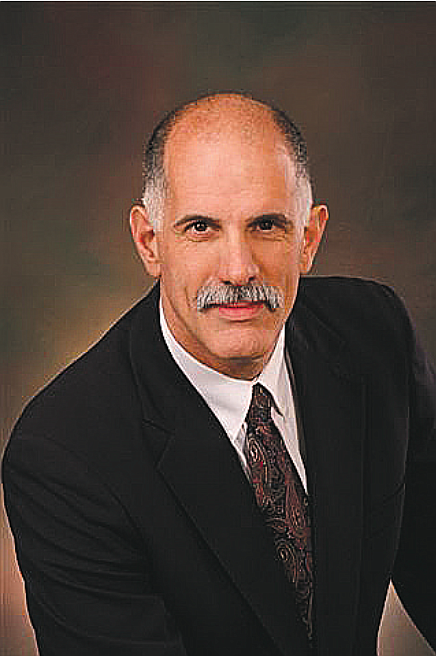OPINION: Election confidence
“One way to build confidence in the American voting system would be to not run elections in a fashion that looks exactly like fraud.” — Scott Adams
On Jan. 2, 2021, the Citizens Committee for Election Integrity convened with the mission to “concisely articulate the minimum standards for free, fair, and honest elections.” The committee was successful in producing 14 Minimum Standards for Fair and Honest Elections (1) and having those standards be incorporated into the Congressional Record. The standards can be used by our local, state and federal legislators as a metric for reviewing and revising election law to ensure free, fair, and honest elections where the outcome is accepted by all citizens of good will.
However, having an absolutely secure election system does us no good if the voters do not have confidence in the system and accept the outcome. It is voter confidence that is paramount because if a majority of people lose faith in the result of an election system, the system collapses into anarchy.
With this in mind, we should design our election systems to maximize confidence before accuracy because it is confidence which allows the peaceful transfer of power. Perfect accuracy is a laudable goal, but rarely achieved.
Thankfully we do not need perfect accuracy. We can tolerate some uncertainty where “some” is defined as less than the margin of victory. If we can keep the number of votes in question to less than the number of votes between the winner and the loser then additional efforts to increase accuracy are not needed.
Confidence can be improved by eliminating opportunities for fraud because eliminating the opportunity eliminates the suspicion.
When the representatives for the ES&S tabulating machine company were asked where the greatest risk of fraud existed their answer was absentee ballots. Voter confidence could be improved by limiting the use of the absentee ballot to situations of need and not just convenience. This, along with measures to confirm identity, prevent counterfeiting, enable auditing, and secure chains of custody would enhance voter confidence.
Tabulation delays can erode voter confidence even though the delay was for the sake of higher accuracy and required by law.
For example, during the recent election the full preliminary results were delayed by over a day. One reason for the delay is that there were approximately 1,100 ballots that had to be duplicated. Ballots can’t be tabulated when a voter marks two choices for the same race or attempted to correct a mistaken choice. When a voter makes a mistake they should give the ballot back to the poll workers, have them mark it as “spoiled” and get a fresh ballot. If the voter casts the ballot with an error it must be reviewed and duplicated by a three person board before they can be tallied. This is very time consuming. We are fortunate in Kootenai County that our election workers are dedicated and worked through the night to accomplish this huge task.
One way to speed the process was proposed by the Citizens Committee for Election Integrity “Ballot tabulation must be conducted by two independent and unrelated systems.”
In Kootenai County ballots are cast depositing them directly into sealed ballot boxes. When the polls close the ballot boxes are transported to the elections office where they are opened and the ballots tabulated.
This could be improved by adding a second tabulation at each of the polling locations.
Imagine, instead of dropping it directly into the ballot box you placed it in a ballot scanner. The scanner would verify there were no “spoils” and would display to you what choices you had made. A privacy screen would prevent others from seeing your choices. If you or the scanner detected errors you would recover the ballot and exchange it for a fresh one. When you were satisfied that the ballot was accurate you would push a button to deposit the ballot in the ballot box. Jane Doe has voted.
An encrypted thumb drive connected to the ballot scanner would collect the votes for each person or measure. When the polls close the thumb drive would be removed and taken to the elections office along with the sealed ballot box. The thumb drives from the various precincts could then be scanned and a total unofficial election result would be known within minutes of scanning the last drive.
Meanwhile the normal tabulating process would occur which would be an automatic 100% audit and recount. Since the precinct ballot scanners and the elections office tabulator are two different systems from two different companies it would be very difficult for fraud to occur in the same amount on both totals. The original paper ballots would resolve any discrepancy with a hand count.
Having an election system that produces timely and accurate results with an absolute minimal opportunity for fraud is technically very doable. Such a system would greatly improve voter confidence, but this cannot happen overnight. Laws need to change so our state legislators must take the lead and make Idaho the example to follow.
It’s just common sense.
• • •
Brent Regan is chairman of the Kootenai County Republican Central Committee.

